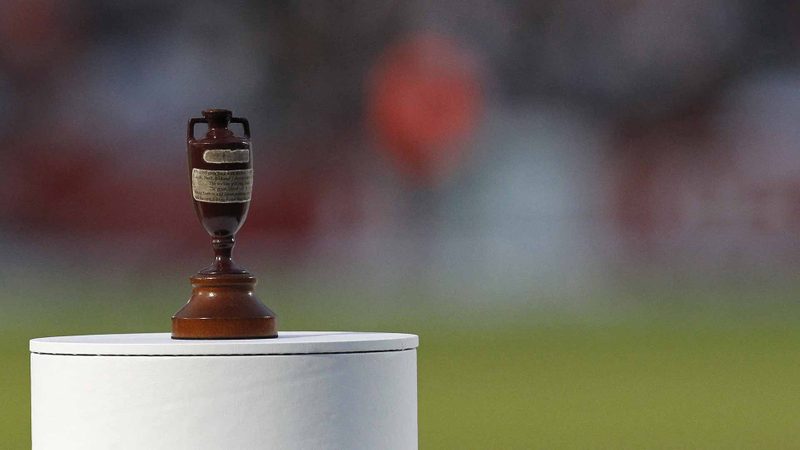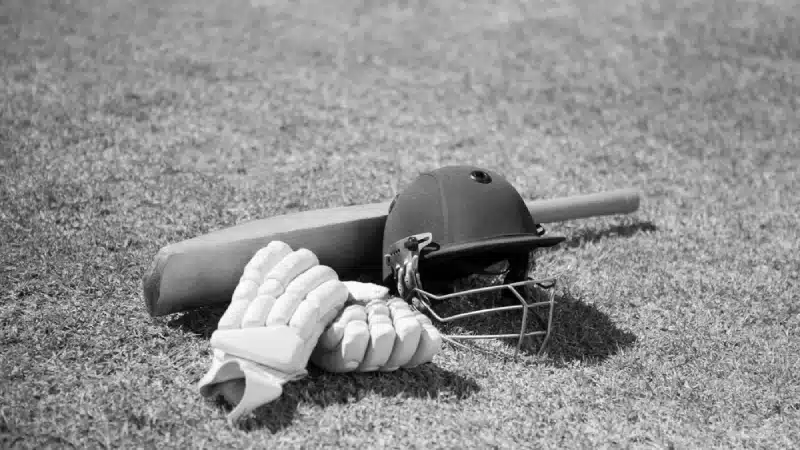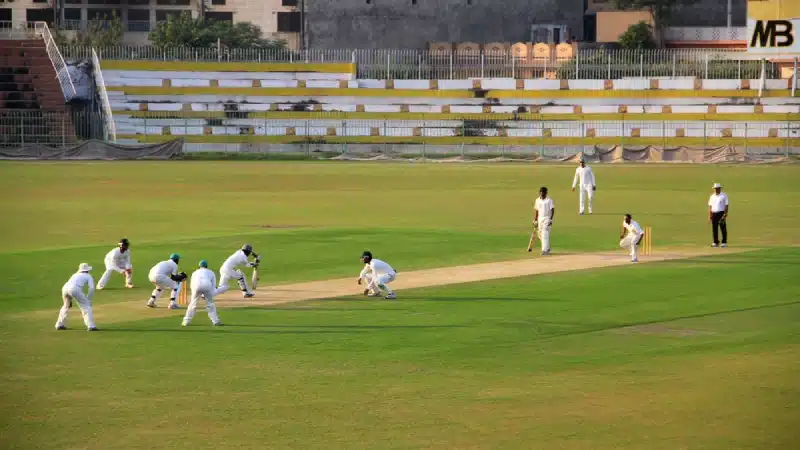
The Test series between England and Australia was given the name ‘Ashes’ after the 1882 Test, when the visiting Australian team did some wonders on the field to send England into a state of shock.
Though Australia had defeated England in the previous series on their home soil, they were unable to do it away from home. This one-off Test match at The Oval, which ended on August 29, 1882, turned everything around and gave birth to the biggest rivalry in the history of cricket.
The match started off badly for the Aussies when they came out to bat in the first innings after winning the toss. They were bowled out for 63 in 80 overs, in just over 2 hours. Only three of Australia’s batsmen could manage to reach double figures while facing the devastating bowling of Ted Peate and Dick Barlow on a greenish wicket.
Read | The Ashes: A series steeped in history and records
It was now turn for the bowlers from down under to take advantage of the green wicket and Fred Spofforth stood up for the task. His pure pace made batting difficult for the hosts and they could manage only 101 before getting all out. Fred’s spell of seven for 46 in 36.3 overs included 18 maidens and four of his seven dismissals were clean bowled.
On the second day of the Test, Australia began their second innings responsibly as the opening pair went on to put 66 for the first wicket, more than the teams’ first innings score. But after losing some quick wickets, Australia were loosening their grip. And that was when Hugh Massie played a knock of 55 to take Australia to a respectable score of 122 and an overall lead of 84.
The target of 85 was hard to defend and the fact that Australia had never won a match on English soil was making it even harder. But Spofforth had some other intentions as he had declared earlier, “this thing can be done.”
He bowled with the same aggression in the second innings as he did in the first, taking two wickets in consecutive deliveries as soon as he was brought into the attack. England were reduced to 53 for four and gradually progressed to 66 for four with wicketkeeper-batsman Alfred Lyttelton scoring 12 off 55 balls. Spofforth came into action again, putting England in a difficult situation when he took three and the hosts still needed 10 more runs but with just two wickets in hand.
Read | The Ashes: Five unforgettable moments over the years
In the very next over, England lost another wicket to Harry Boyle who clean bowled the last English batsman on the last ball of his over to give Australia their most-awaited victory. English fans almost skipped a beat because what they were seeing was probably one of the most nail-biting finish to a cricket game.
English fans were devastated and so was the media. Journalist Reginald Shirley Brooks made a mockery out of the England cricket team in the Sporting Times, which read, "In Affectionate Remembrance of English Cricket which died at the Oval on 29th August 1882, deeply lamented by a large circle of sorrowing friends and acquaintances. R.I.P. N.B.—The body will be cremated, and the ashes taken to Australia."
In the subsequent series (1882-83), where England were to tour Australia, captain Ivo Bligh assured the fans that he would bring back "The Ashes of English cricket". It, however, took more than 20 years for the term to get established as an ‘official name’ for the series when Australia captain Pelham Warner, in 1903, took his team to England to regain "the ashes".
Read: Five interesting facts about ‘The Ashes’
Feature Image Courtesy: AFP/ Ian Kington




















